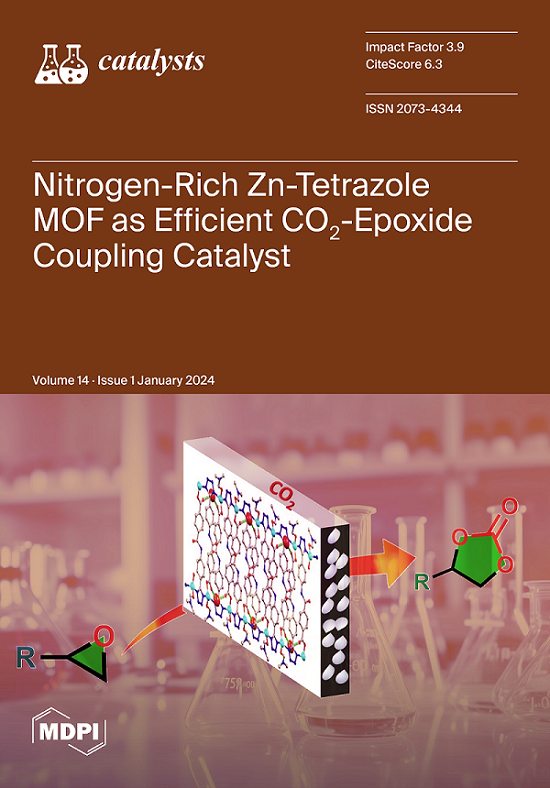氨合成催化剂中的镧系氧化物:全面回顾
IF 4
3区 化学
Q2 CHEMISTRY, PHYSICAL
引用次数: 0
摘要
通过哈伯-博什工艺生产氨气是一项大规模的催化工业活动,需要消耗大量能源。该工艺能源优化的一个关键领域是努力简化合成反应条件,特别是通过降低操作压力。为了实现这一目标,人们设计了新的催化剂,以便在较低的压力和温度下有效发挥作用。近年来,有关在催化剂成分中加入镧系氧化物的文献报道开始频繁出现。这篇综述文章简要概述了镧系元素氧化物在合成氨催化剂领域发挥的关键作用。文章深入探讨了镧系氧化物的多种用途,强调了它们在催化系统中的作用。综述探讨了将镧系氧化物作为促进剂或支撑材料的催化剂设计的最新进展,强调了它们对提高催化剂稳定性、活性和操作的影响。本文讨论了三大类催化剂,其中铁、钌和钴构成活性相。综合最近的研究成果,全面探讨了镧系元素氧化物在合成氨催化剂中的应用前景。本文章由计算机程序翻译,如有差异,请以英文原文为准。
Lanthanide Oxides in Ammonia Synthesis Catalysts: A Comprehensive Review
The production of ammonia through the Haber–Bosch process is a large-scale catalytic industrial endeavour with substantial energy consumption. A key area of energy optimisation for this process involves efforts to ease the synthesis reaction conditions, particularly by reducing the operating pressure. To achieve this goal, new catalysts are designed to function effectively at lower pressures and temperatures. In recent years, reports in the literature concerning including lanthanide oxides in the catalysts’ composition have started appearing more frequently. This review article offers a concise overview of the pivotal role that lanthanide oxides play in the field of ammonia synthesis catalysts. The paper delves into the diverse utilisation of lanthanide oxides, emphasising their role in catalytic systems. The review explores recent advances in the design of catalysts incorporating lanthanide oxides as promoters or support materials, highlighting their impact on enhancing catalyst stability, activity, and operation. Three main groups of catalysts are discussed, where iron, ruthenium, and cobalt constitute the active phase. Insights from recent research efforts are synthesised to provide a comprehensive perspective on the application prospects of lanthanide oxides in ammonia synthesis catalysts.
求助全文
通过发布文献求助,成功后即可免费获取论文全文。
去求助
来源期刊

Catalysts
CHEMISTRY, PHYSICAL-
CiteScore
6.80
自引率
7.70%
发文量
1330
审稿时长
3 months
期刊介绍:
Catalysts (ISSN 2073-4344) is an international open access journal of catalysts and catalyzed reactions. Catalysts publishes reviews, regular research papers (articles) and short communications. Our aim is to encourage scientists to publish their experimental and theoretical results in as much detail as possible. Therefore, there is no restriction on the length of the papers. The full experimental details must be provided so that the results can be reproduced.
 求助内容:
求助内容: 应助结果提醒方式:
应助结果提醒方式:


